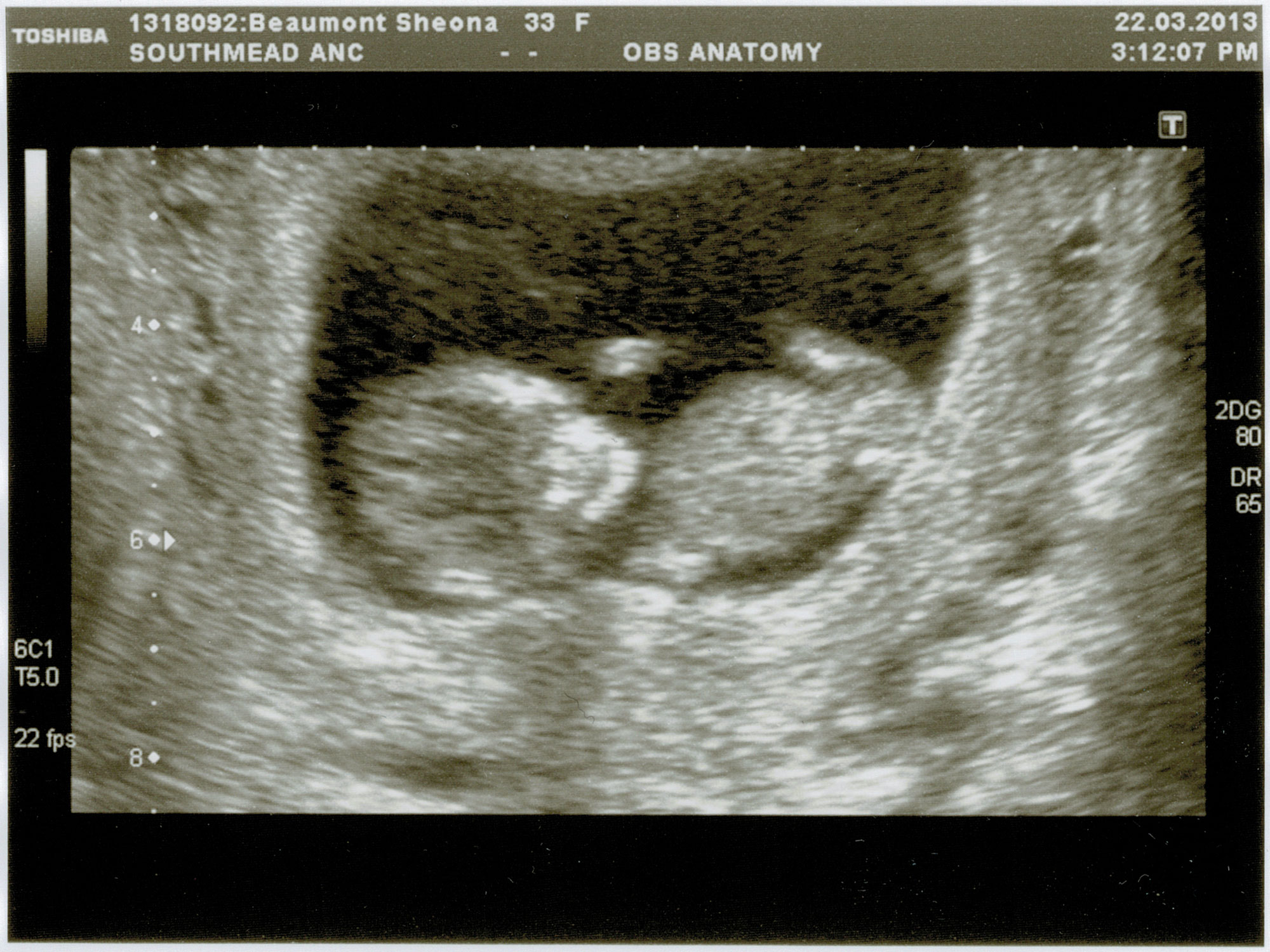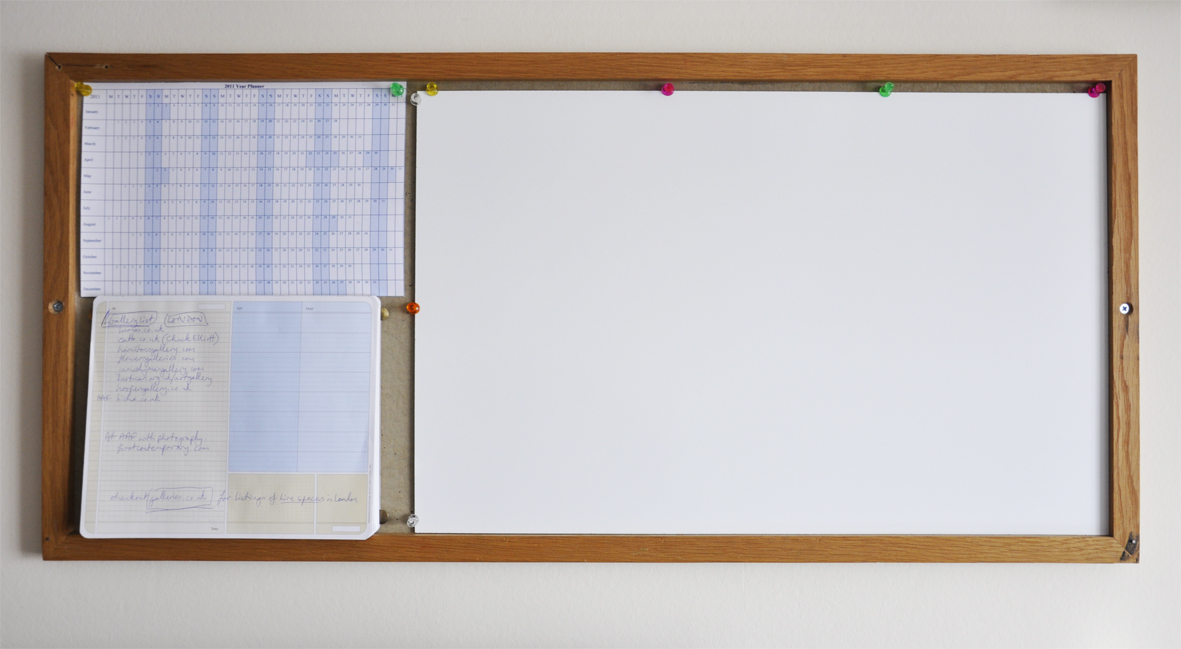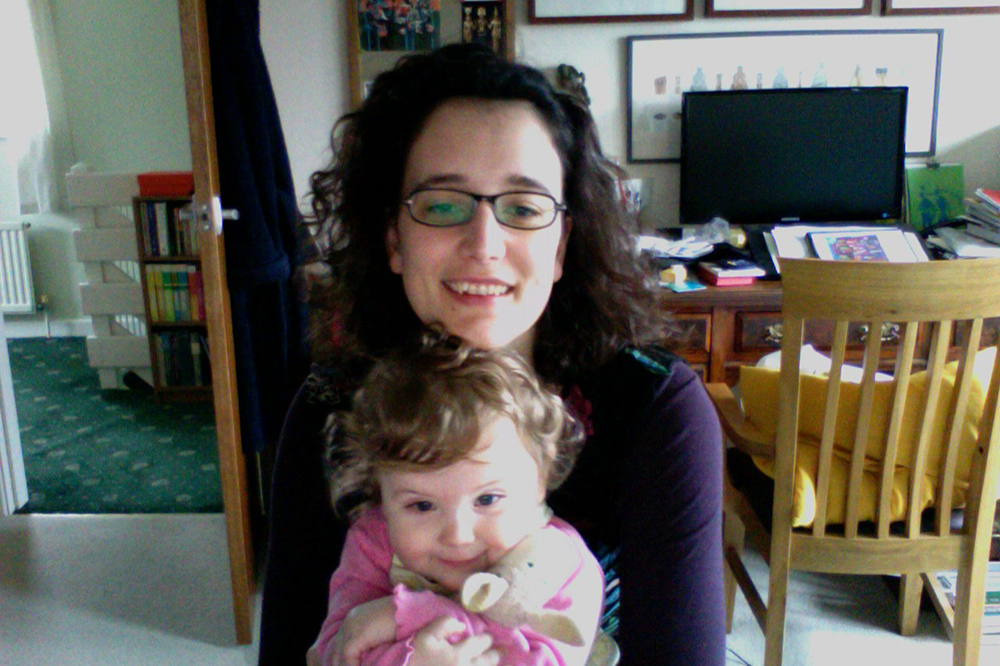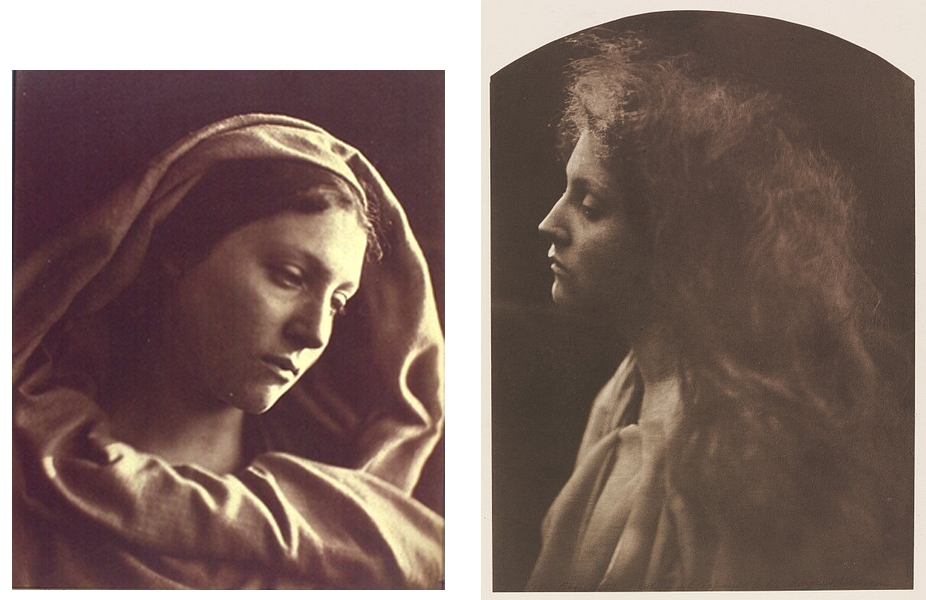It feels slightly odd marking this post in my ‘research’ category, but the photograph is such a departure point for so many thoughts, that I can’t help but mull it over:
- Up to the point of climbing on the hospital bed for the first scan, the knowledge of pregnancy is somewhere between an abstract mark on a test stick and the lurching bodily reminders of a sea-change happening somewhere underneath. Plus it’s a knowledge contained from the majority of others. So it’s almost a form of not knowing, or a knowing that refuses to declare itself outright. It’s a knowing without language.
- The only connecting line is offered in the first midwife appointment, when you get the glowing yellow book – yes, here is a text, a language that seems to offer some proof. But it’s a text in code. With numbers and acronyms for so many statistics and states. The marking out of a programme of appointments and tests says that this is, and will be, about lines, results, dates, charts. My head finds it reassuring, because it seems like a solid, sensible construction around that first state of not knowing.
- But the second the picture grain solidifies into a foetus shape, as the ultrasound scanner presses onto my skin, my heart comes crashing into the room. It really is the shock of the new. And the grain moves where the baby’s heartbeat pulses away. Life turns out to be uncontained by the half-knowing of early pregnancy and also uncontained by the NHS-knowing of monitored states. More than that, it breaks out through an image – a pattern of black and white that seems to need tuning to be revealed, and then BANG! it’s there.
- It’s such an important image – important for the potency it has for the mum. It makes an internal thing externally present and real. And that real thing hinges on having the inner, ongoing connection with my body. It’s about seeing, and being the seer, in the prophetic sense of making visible what isn’t yet. It’s surely that spark of a punctum which Barthes talks about – a kind of puncture in space and time. To others, it probably doesn’t have that jolt, though it is usually received as celebratory – an image with some magic and wonder.
- Finally, there’s the filling-in language around the image you take home. On the precious scrap of paper, something is slightly lost from the first experience of seeing a shape appear. But there’s that reassuring medical speak again, at the edges of the frame, counting, dotting, testifying that you are the bearer, you are the inscriber. The bearing of an image has so much resonance here – resemblance, heritage, gift, God-in-humanity. A bigger picture, as Hockney might say.
Header image: Ultrasound of Baby Beaumont the Second, 2013.



